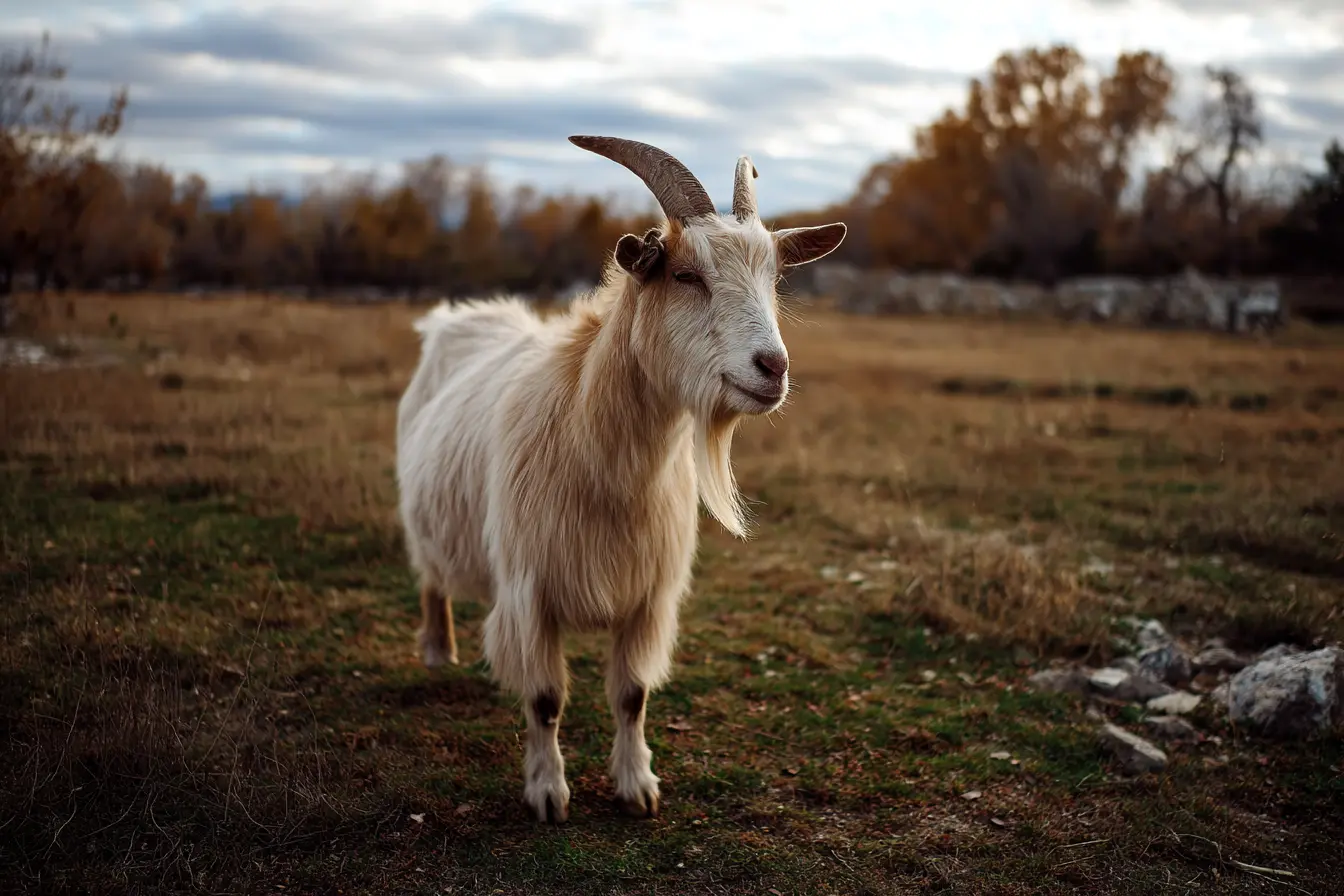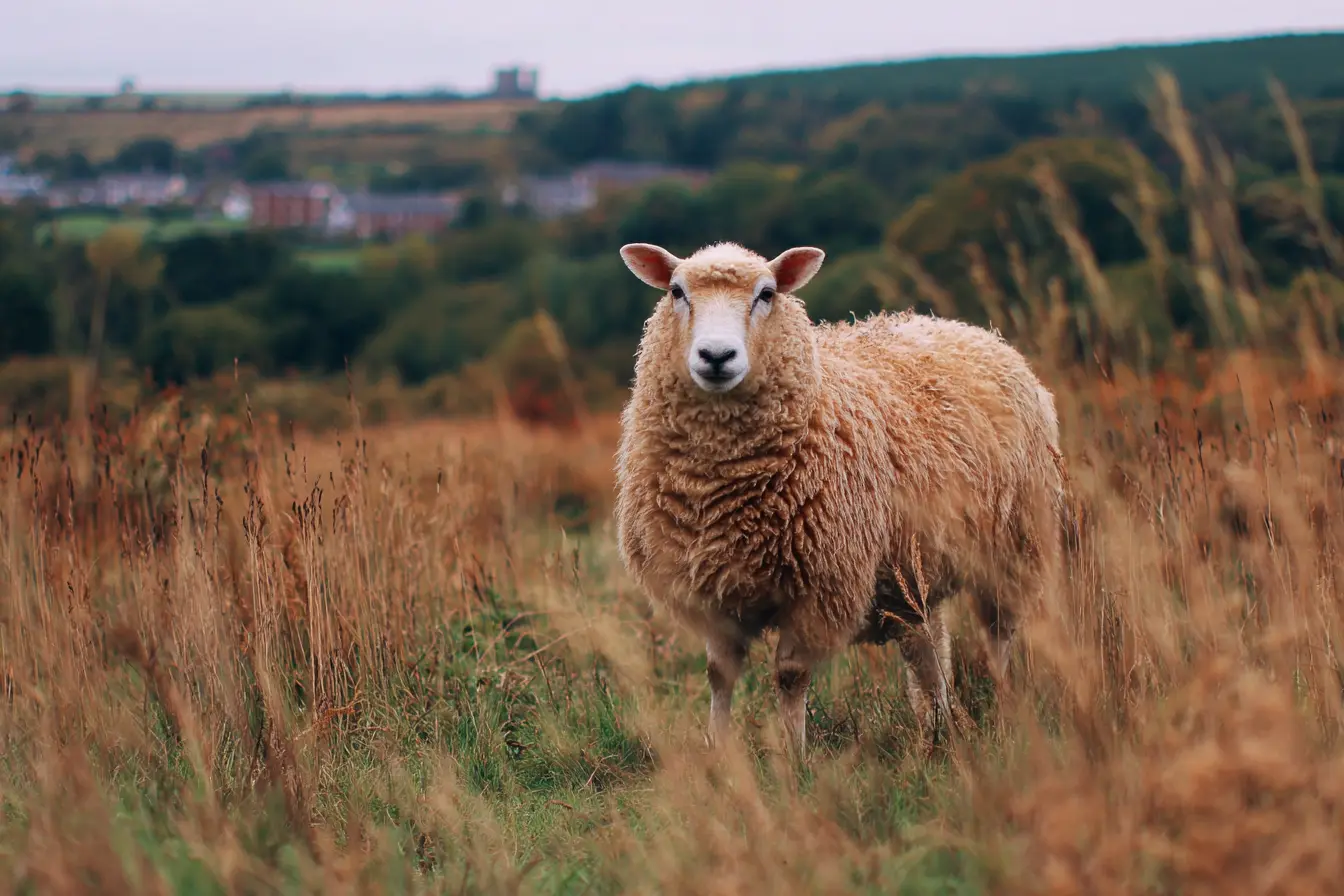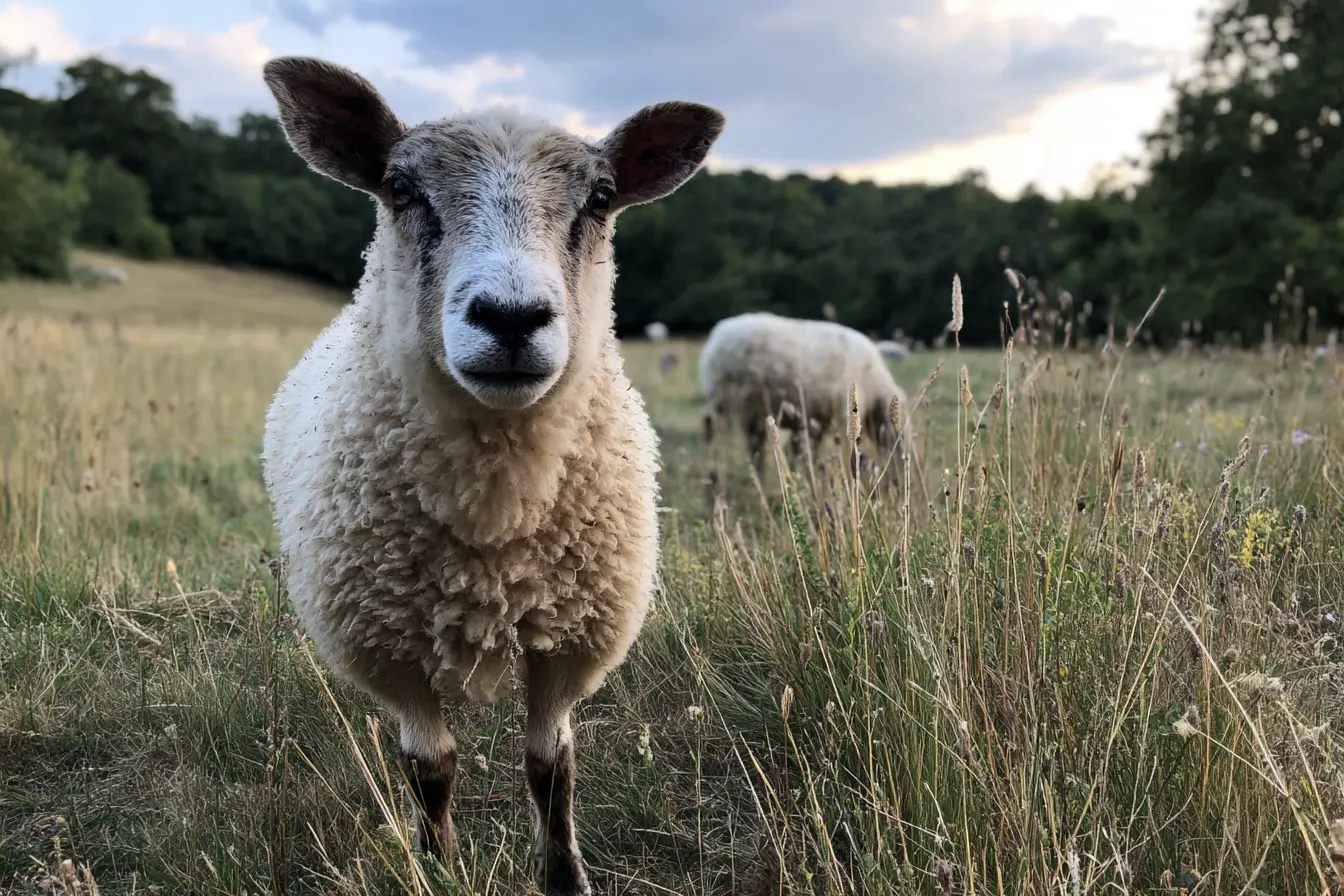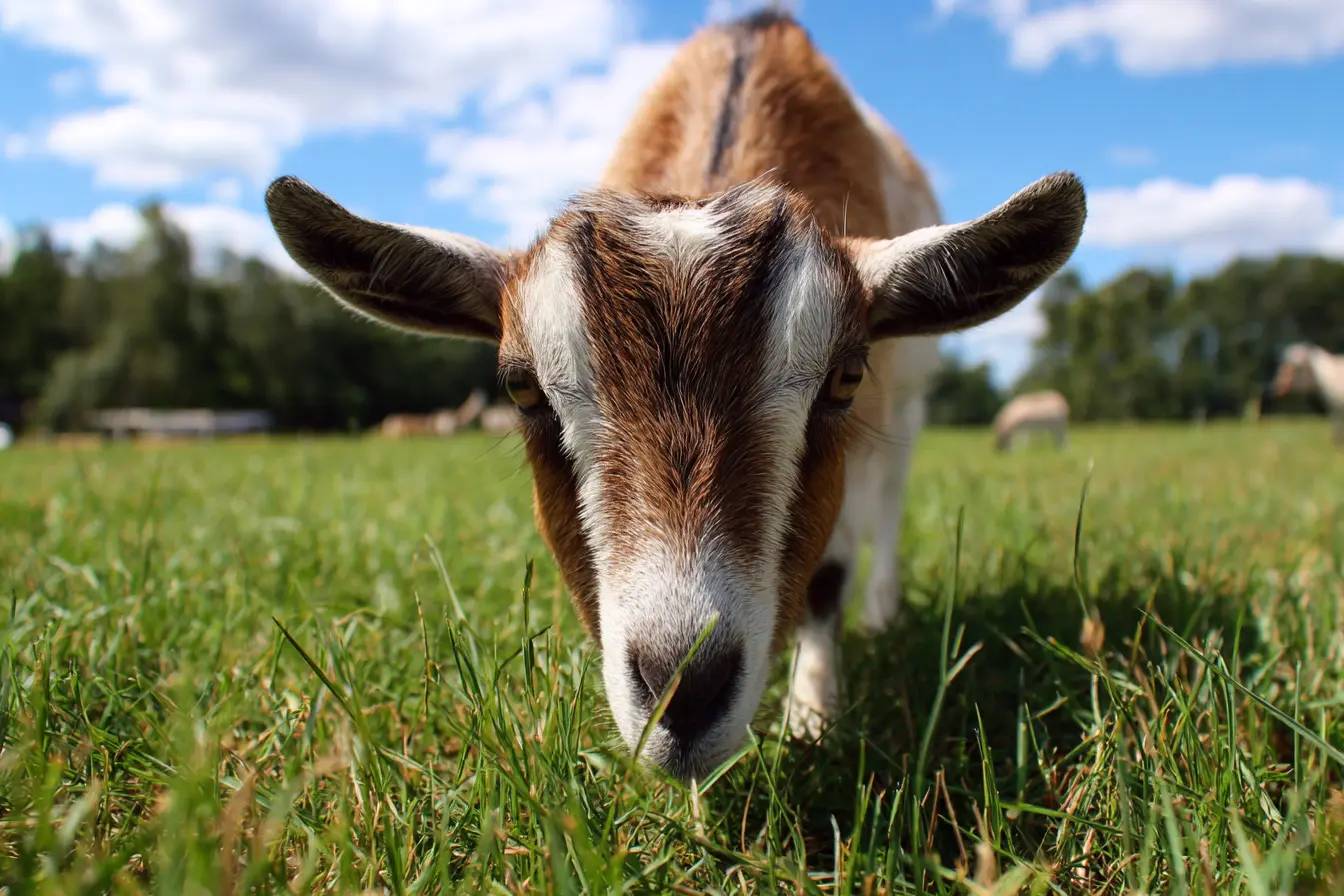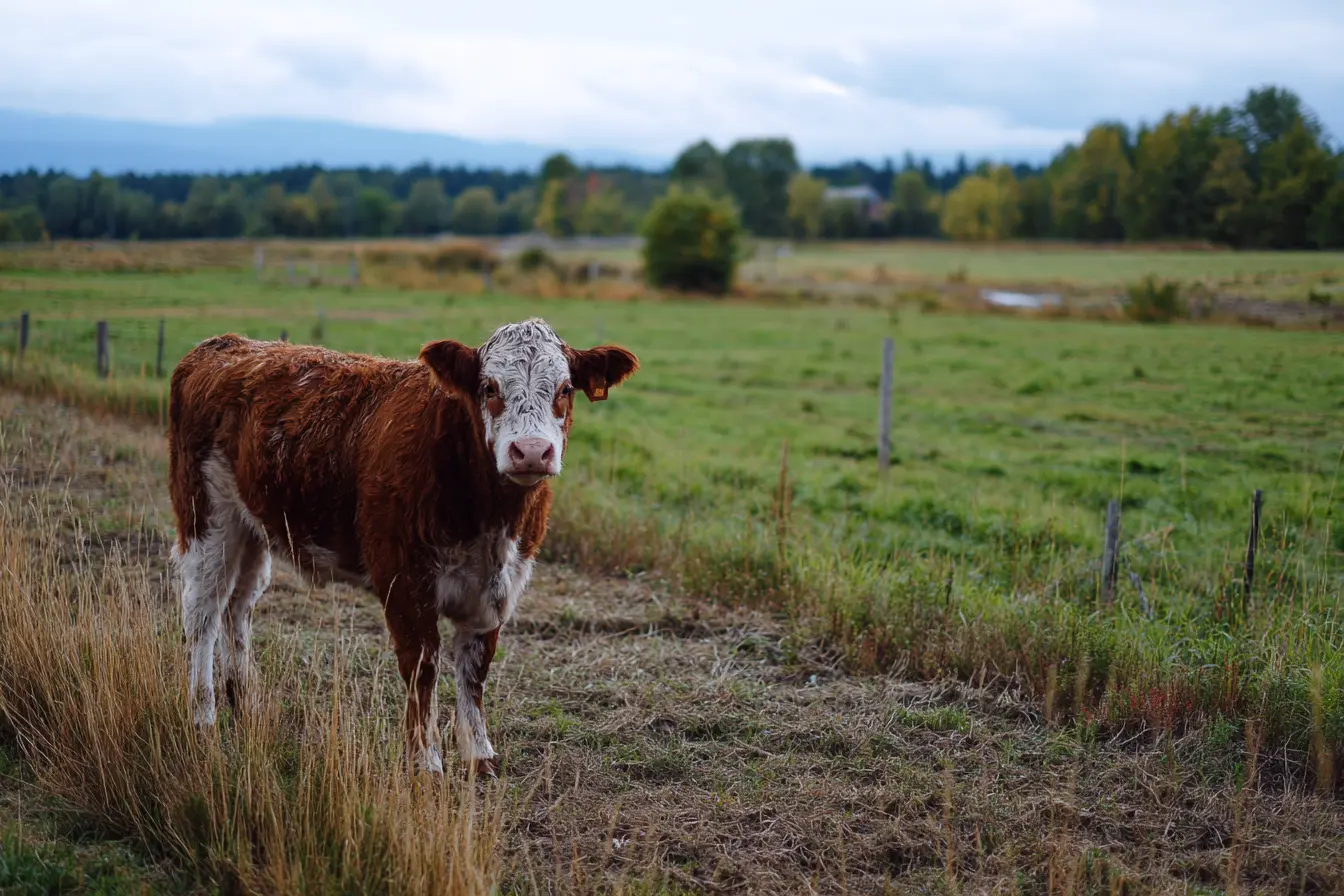
A Complete Guide to Clostridial Diseases in Cattle
Clostridial diseases are some of the most devastating health threats to cattle. Caused by bacteria of the genus Clostridium, these diseases are often fatal, progress rapidly, and frequently cause sudden death in otherwise healthy animals. Because treatment is rarely effective, prevention through vaccination and good management is essential.
For cattle farmers in the UK, clostridial diseases represent both a welfare and an economic concern. This guide explains the key clostridial diseases that affect cattle, their causes, symptoms, risk factors, diagnosis, prevention, and control.
What are Clostridial Diseases?
Clostridial diseases are caused by spore-forming, toxin-producing bacteria that:
- Survive for years in soil and the environment.
- Live naturally in the gut of healthy cattle without causing problems until conditions trigger rapid growth.
- Produce powerful toxins responsible for disease, not the bacteria themselves.
These diseases are non-contagious but often strike multiple animals in a herd due to common environmental risk factors.
Common Clostridial Diseases in Cattle
Blackleg
- Caused by Clostridium chauvoei.
- Spores ingested or present in dormant muscle tissue are activated by trauma or bruising.
- Toxins destroy muscle, cause gas production, and lead to sudden death.
- Most common in young, fast-growing cattle.
Signs: Sudden death, lameness, muscle swelling with gas, rapid decomposition of carcass.
Malignant Oedema
- Caused by Clostridium septicum and occasionally other clostridia.
- Enters through wounds, often after calving, castration, or other injuries.
- Causes severe local swelling, fever, and septicaemia.
Signs: Painful swelling around wounds, high fever, rapid deterioration, death within 48 hours.
Black Disease
- Caused by Clostridium novyi type B.
- Associated with liver damage, particularly from liver fluke infestations.
- Toxins cause sudden death.
Signs: Sudden death, liver lesions at post-mortem, often in areas where fluke is common.
Botulism
- Caused by ingestion of pre-formed toxins from Clostridium botulinum.
- Linked to contaminated silage, spoiled feed, or decaying carcasses in fields.
Signs: Weakness, paralysis, drooling, inability to swallow, sudden death.
Tetanus
- Caused by Clostridium tetani.
- Enters through wounds such as castration, dehorning, or injuries.
- Toxins affect the nervous system.
Signs: Muscle stiffness, spasms, protrusion of the third eyelid, difficulty moving or swallowing, death from respiratory failure.
Enterotoxaemia (Pulpy Kidney Disease)
- Caused by Clostridium perfringens type D.
- Triggered by sudden dietary changes or overeating, especially high-carbohydrate feeds.
- Results in rapid toxin production in the gut.
Signs: Sudden death, neurological signs (staggering, convulsions), diarrhoea, bloating.
Haemorrhagic Enteritis
- Caused by Clostridium perfringens type C.
- Often affects young calves.
- Toxins damage the intestines, leading to severe illness.
Signs: Sudden death, bloody diarrhoea, colic, depression.
Risk Factors
Clostridial diseases are more likely when:
- Cattle graze on contaminated pastures.
- Housing or pastures are muddy, poorly drained, or heavily stocked.
- Animals undergo procedures such as castration, dehorning, or calving.
- Diet changes are abrupt or high in energy concentrates.
- Parasites such as liver fluke are present (linked to black disease).
- Vaccination programmes are incomplete or absent.
Diagnosis
Because clostridial diseases progress so rapidly, diagnosis is often made after death.
- History: sudden deaths in unvaccinated or recently stressed animals.
- Clinical signs: vary by disease but often include rapid deterioration.
- Post-mortem examination: typical lesions such as gas in muscles (blackleg) or liver necrosis (black disease).
- Laboratory tests: toxin detection, bacterial culture, or PCR can confirm diagnosis.
Treatment
Treatment is rarely effective once signs appear. However, in very early cases:
- High doses of penicillin may help.
- Antitoxins can neutralise circulating toxins if available.
- Supportive care (fluids, nursing, wound management).
Despite this, survival rates are very low, and prevention is the best strategy.
Prevention
Vaccination
- The cornerstone of prevention.
- Multivalent clostridial vaccines protect against several diseases, including blackleg, malignant oedema, tetanus, black disease, and enterotoxaemia.
- Typical programme in the UK:
- Calves: first dose from 2–3 months of age, followed by a second dose 4–6 weeks later.
- Annual boosters for all cattle.
- Breeding cows: booster before calving to protect both cow and calf.
Husbandry and Management
- Avoid sudden dietary changes; introduce concentrates gradually.
- Use clean, sterile equipment for injections, dehorning, or castration.
- Minimise bruising during handling and transport.
- Maintain good pasture management to reduce environmental contamination.
- Control liver fluke in fluke-prone areas to prevent black disease.
- Dispose of carcasses promptly to prevent contamination.
Economic and Welfare Impact
- Welfare: Clostridial diseases cause sudden, painful illness and rapid death, making them major welfare concerns.
- Economic: Loss of valuable calves or young cattle, reduced productivity, increased veterinary costs, and carcass disposal expenses.
- Prevention vs loss: Vaccination is inexpensive compared to the economic damage from outbreaks.
When to Seek Veterinary Help
A vet should be contacted if:
- You experience sudden unexplained deaths in your herd.
- Multiple cattle show rapid deterioration.
- You need to establish or update a vaccination programme.
- You farm in an area with a known history of clostridial disease.
Conclusion
Clostridial diseases in cattle are fast-acting, deadly, and widespread across the UK. Once symptoms appear, treatment is rarely effective, making prevention through vaccination and good management the only reliable control.
By maintaining a robust clostridial vaccination programme, controlling risk factors such as poor pasture conditions and parasites, and practising careful husbandry, cattle farmers can protect their herds from these devastating diseases.
Vets near you
Speciality vets
- Aquatics vet specialists
- Birds vet specialists
- Camelids vet specialists
- Cats vet specialists
- Cattle vet specialists
- Deer vet specialists
- Dogs vet specialists
- Equines vet specialists
- Exotic vet specialists
- Goats vet specialists
- Pigs vet specialists
- Poultry vet specialists
- Sheep vet specialists
- Small Mammals vet specialists
- Wild vet specialists
